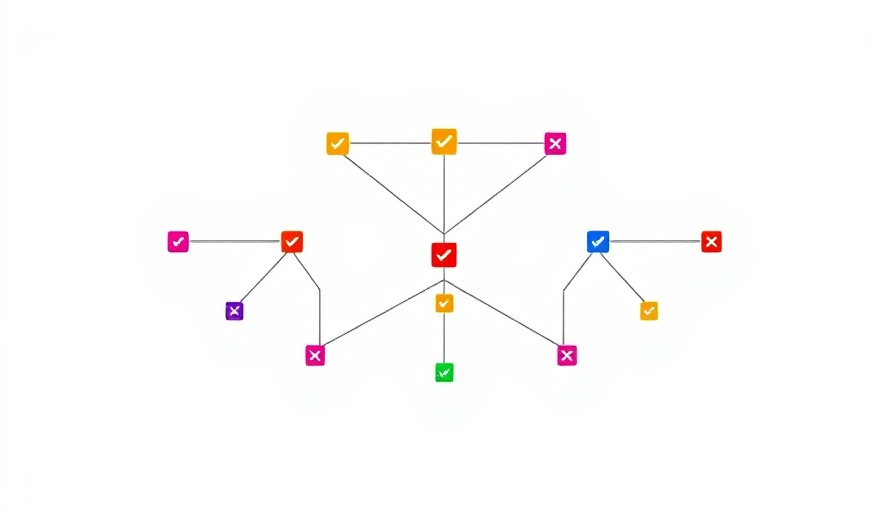
Understanding Systematic Human Errors in Oversight
In today’s rapidly advancing technological landscape, the role of oversight in AI systems has never been more critical. Systematic human error emerges as a significant vulnerability in this realm, particularly within the context of debate protocols designed to ensure AI safety. As technologies evolve, understanding how to mitigate these errors while maintaining effective oversight becomes paramount for CEOs, marketing managers, and business professionals.
The Role of Human Oversight
The premise of systematic human error analysis lies in recognizing that every human input can be prone to mistakes. For organizations relying heavily on AI technologies, integrating humans as verifiers can create a double-edged sword. On one hand, humans provide critical oversight; on the other, they can introduce biases and errors that jeopardize the outcomes. This necessitates robust protocols that encompass various aspects of oversight and decision-making processes.
Enhancing Debate Protocols in AI Systems
In addressing systematic errors in oversight, enhancing debate protocols is a strategic step forward. Debate, as a form of interactive proof, allows for the verification of claims by consulting human expertise at key moments. By designing protocols that limit reliance on potentially erroneous human inputs, organizations can create a more resilient framework that prioritizes accuracy. This ensures that drawbacks in one area do not compromise the entire decision-making process.
Relevance to Current Business Challenges
Companies face ongoing challenges related to AI implementation, especially as they scale operations. The growing reliance on AI models demands that oversight mechanisms adapt with equal sophistication. Businesses need to recognize the cost of systematic errors—not just in terms of financial loss but also damaging their reputation and user trust. Consequently, improving oversight protocols can directly influence a company's bottom line.
Future Trends in AI Oversight
Looking ahead, organizations must anticipate a scope of oversight that involves both human and machine capabilities. Tools such as AI-enhanced debate systems are likely to evolve as part of a hybrid approach to oversight. This approach would utilize AI to filter inputs based on past accuracy while empowering human operators to make nuanced decisions where necessary. The fusion of machine intelligence and human ethos, although challenging, sets the stage for more accountable and transparent AI operations.
Key Takeaways and the Path Forward
As we navigate the complexities of AI and oversight, embracing systematic error mitigations in our protocols is crucial. Businesses must foster environments that prioritize robust debate mechanisms, utilize AI to bolster human inputs, and remain vigilant against the pitfalls of systematic errors. For leaders, understanding these dynamics not only positions their companies for success but also champions a more ethically responsible approach to AI integration.
If you're a leader in a tech-driven industry, taking proactive steps toward refining your oversight practices can yield significant benefits. Assess your current protocols, consider integrating enhanced debate frameworks, and prepare for a future where effective oversight becomes a competitive advantage in AI deployment.
 Add Row
Add Row  Add
Add 




Write A Comment